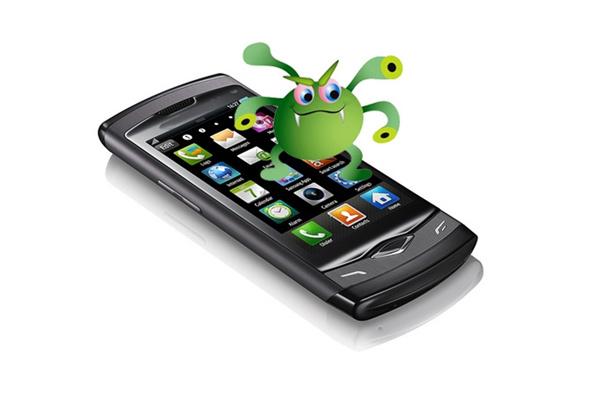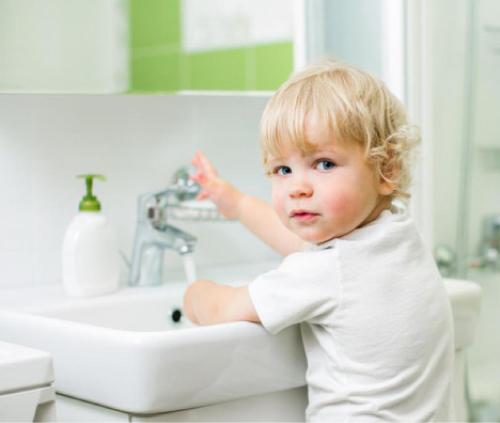You are here
Germ control
By Nickunj Malik - Oct 31,2018 - Last updated at Oct 31,2018
Did you know that washing hands with soap and water is the best way to prevent a host of diseases? Most of the germs get transmitted from one person to another via their hands and when one unconsciously touches their nose, mouth or eyes with these contaminated hands, one falls sick.
Also, when you wash your hands is as important as how you wash them. It is, of course, extremely essential to scrub them when they are visibly soiled, but one must follow the same routine before eating, after visiting the washroom, before cooking anything and after sneezing or blowing one’s nose. The way to properly clean them includes using soap, and lathering up, because rinsing them in water only, is not effective at all.
Moreover, hands should be washed for a minimum of 15 seconds, according to the Centres for Disease Control and Prevention in the US. In order to help people, especially children, wash long enough, one option may be to sing a short nursery rhyme, or the Happy Birthday song, during the process. Ordinarily, the entire routine involves five simple and effective steps (wet, lather, scrub, rinse, dry). The water used should be clean and once lather is built — by rubbing the soap on the palm — attention must be given to the back of the hands, between the fingers and under the nails, before rinsing.
Now, wiping of the hands correctly is also crucial because a new study from the University of Connecticut and Quinnipiac shows that hot-air dryers may be acting like bacterial bombs, shooting loads of spores from bathroom air directly onto your hands. The research compares the dispersal of viruses when people dry their hands with paper towels versus warm air dryers and jet dryers, and the result is that jet dryers are the worst offenders, spraying 1,300 times more viral plaques (clumps of viruses) than paper towels, and sending some of them nearly 3 metres from the machine itself!
Right! It is still unclear whether this investigation is funded by a paper-towel industry or not. Some manufacturers of jet dryers have made that accusation but so far there has been no substantive proof to support their claim.
In the absence of water, liquid hand sanitisers are a good alternative, and depending on the active ingredient, it can be alcohol-based or alcohol-free. The former typically contains between 60 to 95 per cent alcohol in the form of ethanol or isopropanol. The effectiveness of hand disinfectant depends on multiple factors, including the manner in which it is applied (e.g., quantity used, duration of exposure, frequency of usage) and whether the specific infectious agents present on the person’s hands are susceptible to the antibacterial component in the product. In general, if rubbed thoroughly for a period of 30 seconds, followed by proper drying; it can actually reduce the presence of several bacteria, fungi and some viruses.
Suitably convinced, on my last visit to the supermarket, I bought several bottles of the antiseptic liquid. My new maid was delighted with the purchase.
“Your sunglasses are dusty madam,” she informed me.
After squirting some hand sanitiser on it, my shades were shining.
“There are so many uses of this,” my maid exclaimed.
“Mosquito bite? Pimple? Sunburn?” she recited.
With each word she dabbed bits of it on my arm.
“What are you doing?” I was aghast.
“Wait and watch,” she informed.
“The welts have disappeared,” I murmured suddenly.
“All germs under control,” she announced happily.
Related Articles
PHILADELPHIA — Free weights have 362 times more bacteria than a toilet seat, according to a study performed by EmLab P&K, a finding that
What’s the one item that never leaves your side?It goes into the bathroom with you. You use it in the kitchen.
WASHINGTON — The federal government on Friday banned more than a dozen chemicals long-used in antibacterial soaps, saying manufacturers fail

















